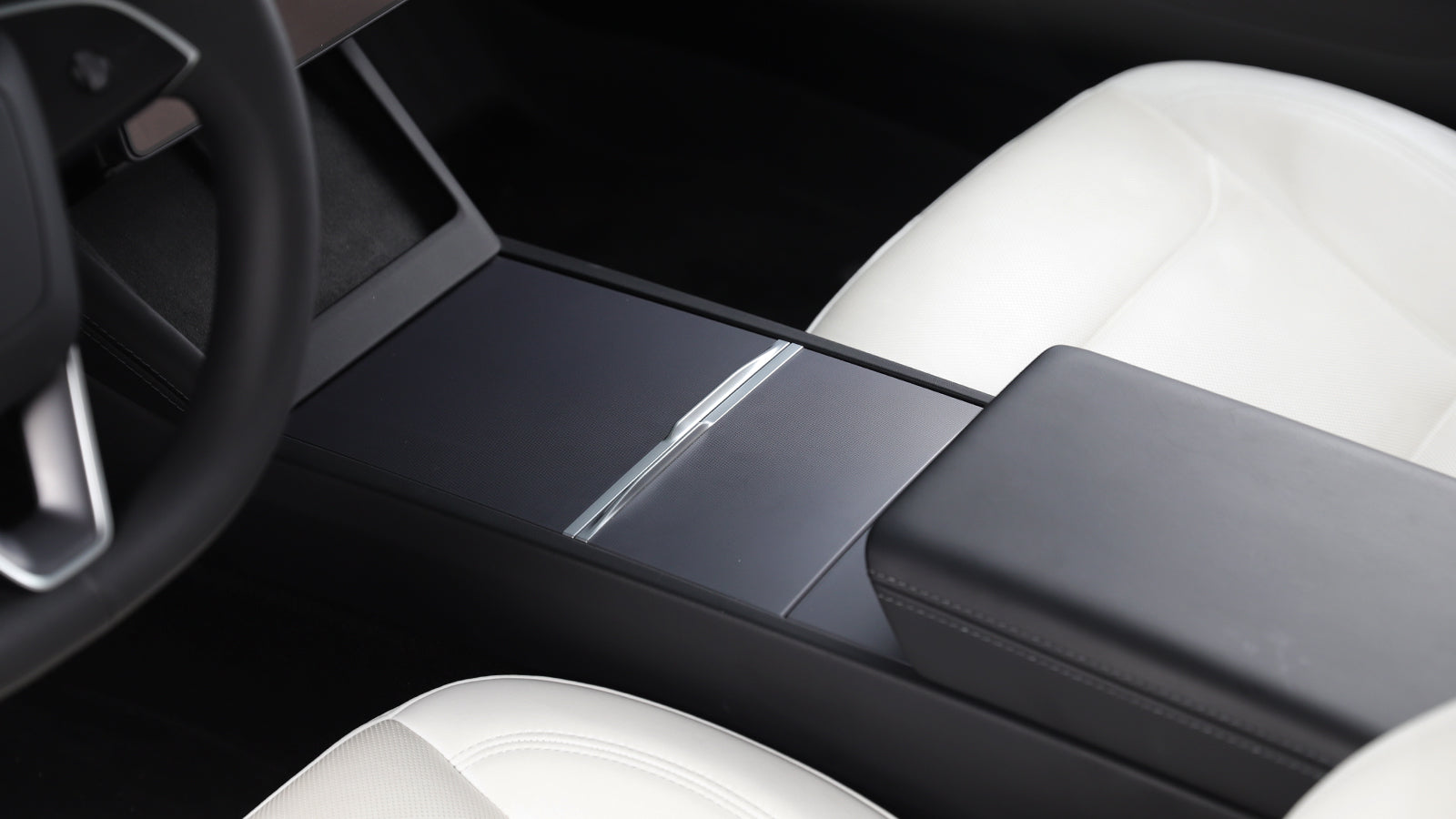• Model 3 (2025) & S (2024): Battery test option removed in 2025.26. Works only if not updated.
• Model Y (2025): Still works on 2025.26.4 (even if never tested before).
• Cybertruck: Function fully removed (all versions).
(Note: Model Y appears unaffected, possibly an exception.)
How To Quickly Find Current Software Version,ref this video
Table of Contents
1. Introduction
With the release of Tesla software update 2025.8.4, Tesla owners now have easy access to a battery health check feature directly from their vehicle's service menu. This new tool provides valuable insights into your battery's condition and helps you understand how your battery is performing over time.
In this comprehensive guide, we'll walk you through everything you need to know about Tesla's battery health check feature, from how to run it to interpreting the results, based on real experiences from Tesla owners.
2. What is a Tesla Battery Health Check?
A Tesla battery health check is a diagnostic tool that evaluates the condition of your vehicle's battery pack. This feature provides detailed information about your battery's capacity, degradation, and overall health status.
The check involves a comprehensive process where your Tesla's battery management system (BMS) collects voltage data at different charge levels to accurately assess the battery's current capacity compared to its original capacity.
Unlike the basic battery information available through your Tesla's touchscreen, this health check provides more accurate insights that can help you understand your battery's true condition and potential lifespan.
3. How to Run a Tesla Battery Health Check
To run a battery health check on your Tesla, follow these steps:
- Ensure your Tesla is running software version 2025.8.4 or newer
- Make sure your Tesla app is up to date (iOS version 4.43.5 or newer)
- Drive your vehicle until the battery is at a low state of charge (ideally around 10-15%)
- Park your vehicle and plug it into a charger
- Open the Tesla app and navigate to the Service menu
- Look for the Battery Health Check option
- Read through the warnings and tap the Start button when it becomes available

Tesla Battery Health Check option in the Service menu of the Tesla app
Note: The battery health check feature may not be available on all Tesla models. Some owners of older Model S vehicles have reported not seeing this option, even with the latest software.
4. What to Expect During the Check
Based on real user experiences, here's what happens during a Tesla battery health check:
- The car will drain the battery to a very low level (around 3-5%) to collect voltage information
- The process will take approximately 10-12 hours to complete
- You can monitor the progress through the Tesla app, which will show the current status
- After draining, the car will enter a "resting" phase where the battery management system takes voltage readings
- The car will then charge to 100% at full speed
- Once charging is complete, the system will take additional voltage readings
- When the test is finished, you'll receive a notification in the app
- The results will be available in the service menu
One Tesla owner reported that the health check "restored" about 4 miles of range by recalibrating the BMS, which is a nice bonus in addition to getting accurate battery health information.
5. Understanding Your Battery Health Results
After your battery health check is complete, you'll receive a percentage that represents your battery's current capacity compared to its original capacity. This is your battery health percentage.

Example of Tesla Battery Health Check results showing battery health percentage
For example, if your battery health is reported as 85%, this means your battery can now hold 85% of its original capacity.
It's important to understand that some battery degradation is normal and expected. Tesla batteries are designed to retain at least 70% of their capacity after 8 years or 100,000 miles, whichever comes first.
If your battery is degrading faster than expected, it may be covered under Tesla's battery warranty, which typically covers the battery for 8 years or 100,000-150,000 miles, depending on your model.
6. Real-World Battery Health Examples
Based on reports from Tesla owners who have run the battery health check, here are some real-world examples:
- A 2018 Model 3 Long Range AWD with approximately 7 years of use showed 85% battery health remaining
- A 2023 Model Y Long Range with 18,274 miles and 2 years of use showed 94% battery health (down from the original 330-mile range to 310 miles)
- A 2019 Model 3 Performance showed a degradation from the original 310-mile EPA rating to 270 miles at 100% charge (approximately 13% degradation)
- A 2020 Model 3 Long Range AWD with 217,000 miles showed 11.5% degradation after 4 years of use
These examples show that battery degradation varies based on factors such as:
- Age of the vehicle - Calendar aging is a significant factor
- Mileage - Higher mileage generally correlates with more degradation
- Climate - Hotter climates tend to accelerate battery degradation
- Charging habits - How you charge your vehicle affects battery health
According to battery experts, you can expect approximately 5.5% × √(years) degradation from calendar aging alone in mild climates. For example, after 4 years, you might expect around 11% degradation just from calendar aging.
7. Tips to Improve Your Tesla Battery Health
While some battery degradation is normal and expected, there are several practices you can adopt to help maintain your Tesla's battery health:
- Avoid frequent charging to 100% - Keep your daily charging limit between 50-90% for optimal battery life
- Use scheduled charging to ensure your vehicle charges just before you need it, rather than sitting at a high charge level
- Minimize exposure to extreme temperatures - Park in a garage when possible, especially in hot climates
- Avoid letting your battery drop below 10% on a regular basis
- Use Superchargers sparingly for long trips rather than daily charging
- Keep your Tesla software updated to benefit from the latest battery management improvements
- Run periodic battery health checks to monitor your battery's condition
By following these guidelines, you can help maximize your battery's lifespan and maintain optimal performance for years to come.
8. Conclusion
The new Tesla battery health check feature provides valuable insights into your vehicle's battery condition and helps you understand how your battery is performing over time. By running periodic health checks, you can monitor your battery's degradation and take steps to maintain its health.
Remember that some battery degradation is normal and expected, but by following good charging practices and maintaining your vehicle properly, you can help maximize your battery's lifespan and ensure your Tesla continues to perform at its best.
Whether you're a new Tesla owner or have been driving one for years, the battery health check feature is a valuable tool that can help you get the most out of your vehicle and ensure it continues to provide the exceptional driving experience you expect from Tesla.









